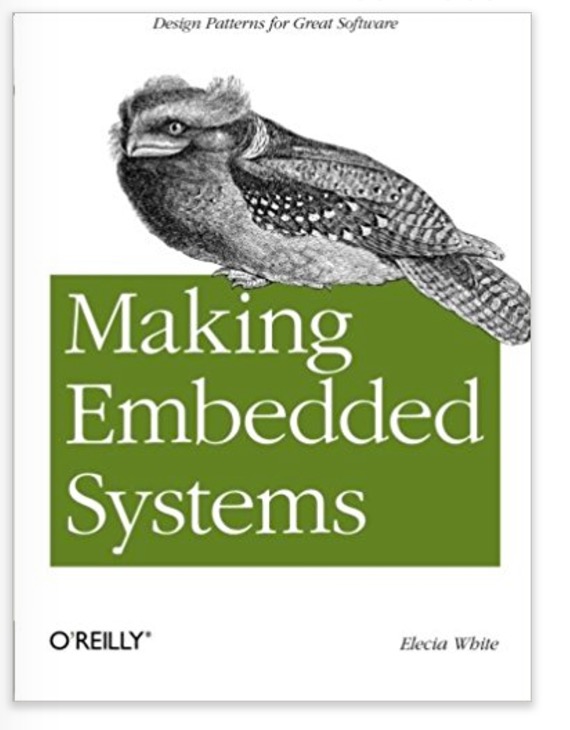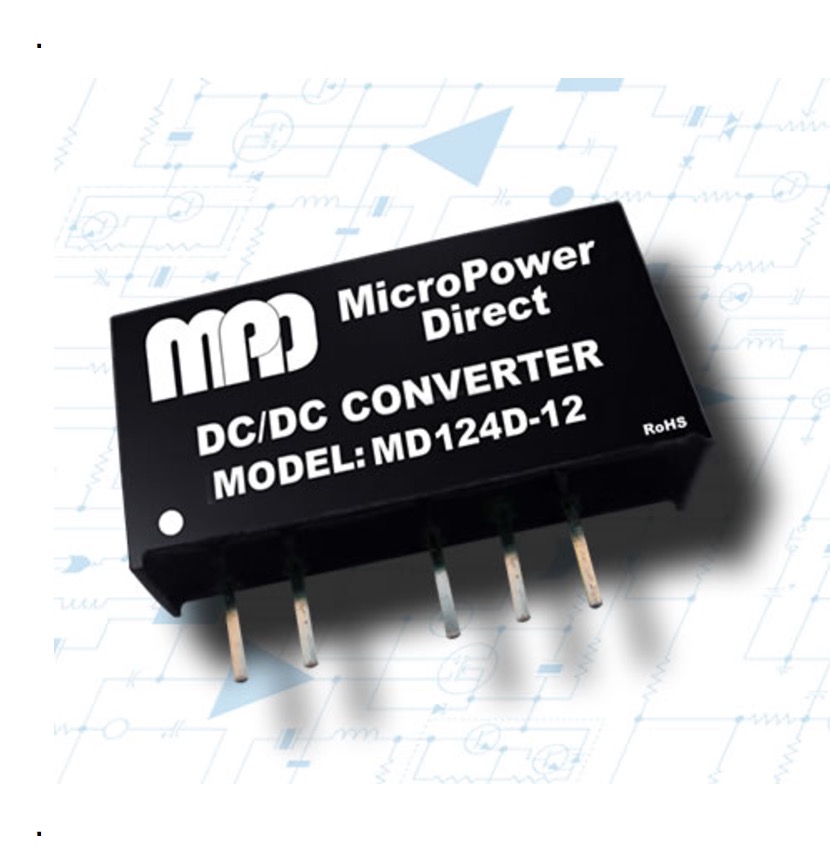Recent Posts
MicroPower Direct Family Of 1W DC/DC Converters In A SIP Package
Posted by on
MicroPower Direct announces the MD100x family of 1W DC/DC converters in a SIP package. A palette of ninety-six models provide a sufficient selection of single & dual output models with I/O isolation levels ranging from 1 kVDC to 6 kVDC.
Models operate from 3.3, 5, 12, 15, 24 and 48 VDC inputs, providing single and dual outputs of 3.3, 5.0, 7.2, 9.0, 12, 15, 18, 24, ±3.3, ±5, ±7.2, ±9.0, ±12, ±15, ±18 or ±24 VDC. Standard features include efficiency as high as 86%, I/O isolation of 1.0 to 6.0 kVDC, and low noise operation. The MTBF (per MIL HDBK 217F) of the MD100x series is greater than 1.12 Mhours. All models are approved according to EN 60950.
The MD100x family is packaged in a 7-pin SIP case that requires only little board space. The pin out is according to industry standard and all case materials meet UL94-V0 requirements. Each model is specified for operation over a wide operating temperature range of -40°C to +85°C with no heat sinking required. Cooling is by free-air convection.
The MD100x series is a solution for a variety of board level power distribution applications.
- More Information...
- Download/View the MicroPower Direct MD100x Data Sheet (PDF)...
 Are you interested in developing embedded systems? Since they don't tolerate inefficiency, these systems require a disciplined approach to programming.
Are you interested in developing embedded systems? Since they don't tolerate inefficiency, these systems require a disciplined approach to programming.
This easy-to-read guide helps you cultivate a host of good development practices, based on classic software design patterns and new patterns unique to embedded programming.
Learn how to build system architecture for processors, not operating systems, and discover specific techniques for dealing with hardware difficulties and manufacturing requirements.
Written by an expert who's created embedded systems ranging from urban surveillance and DNA scanners to children's toys, this book is ideal for intermediate and experienced programmers, no matter what platform you use.
- Optimize your system to reduce cost and increase performance
- Develop an architecture that makes your software robust in resource-constrained environments
- Explore sensors, motors, and other I/O devices
- Do more with less: reduce RAM consumption, code space, processor cycles, and power consumption
- Learn how to update embedded code directly in the processor
- Discover how to implement complex mathematics on small processors
- Understand what interviewers look for when you apply for an embedded systems job
- More Information...
 Loading... Please wait...
Loading... Please wait...

